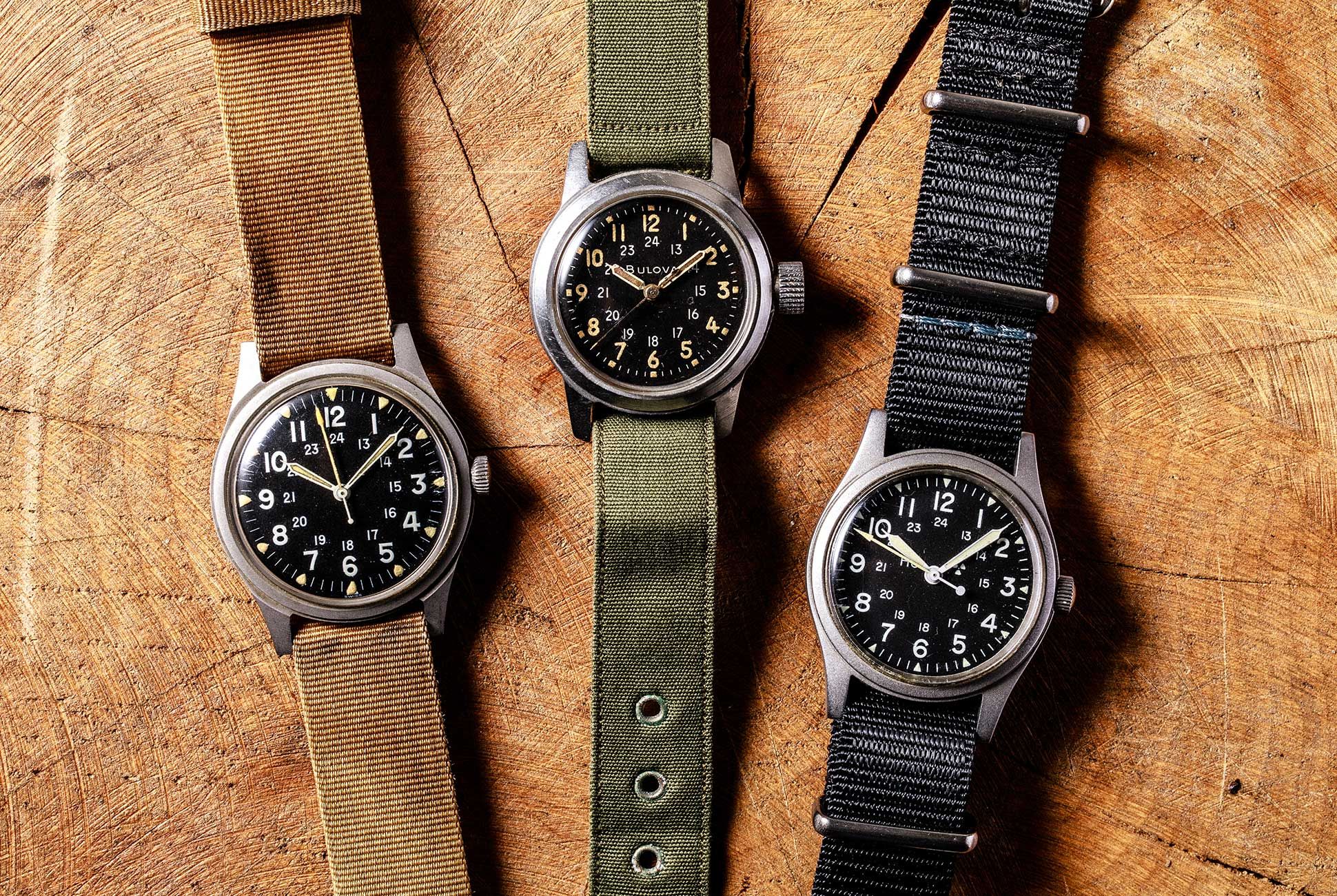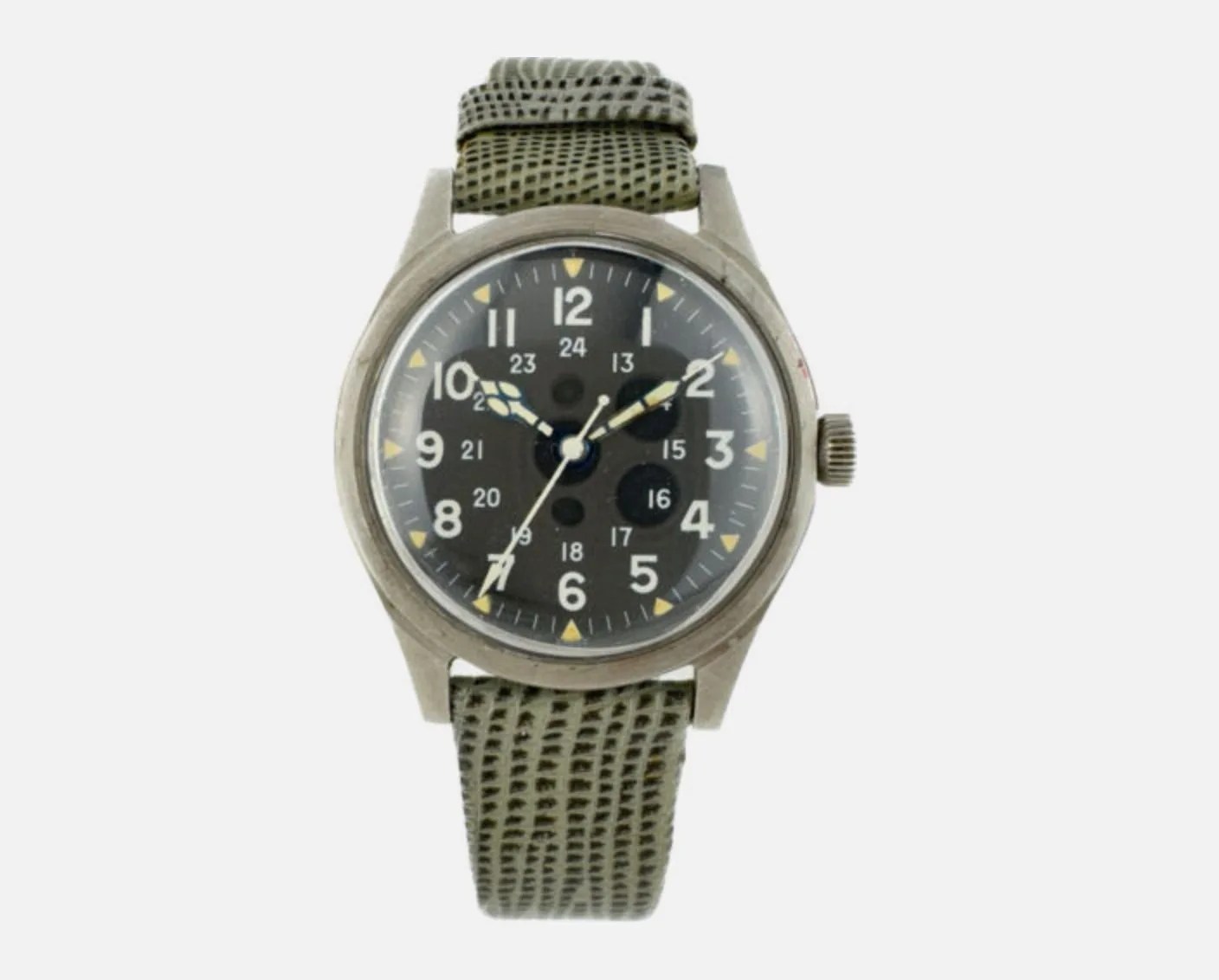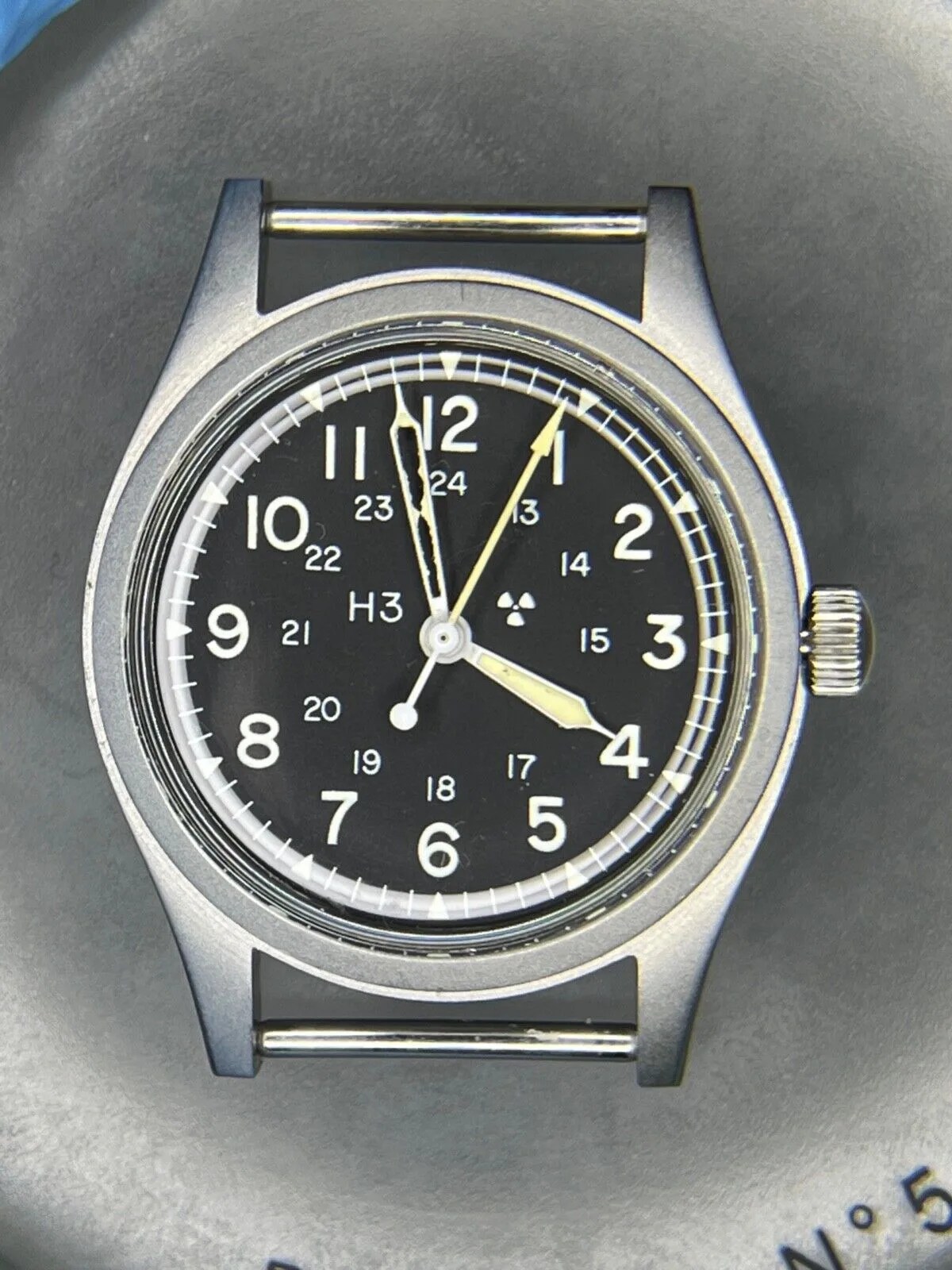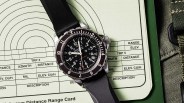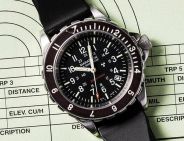Coming from a family in which someone from each generation has served in the army, I’ve used and handled quite a bit of military equipment over the years, but the vintage, issued military watch holds a special place in my heart.
What could be cooler than a mechanical object designed with absolutely no eye toward aesthetics that manages somehow to be aesthetically pleasing nonetheless? There is a type of magnetic pull toward no-nonsense military tool watches that even the civilian feels — it doesn’t take a soldier to recognize the beauty in something designed to do one thing only, and do it well and until failure.
While prices on many issued military watches from the storied Swiss brands have crept into stratospheric territory recently, there is a small crop of distinctly wearable timepieces that have thus far managed for one reason or another to escape this upward trajectory: the 1950s–1990s American military watch. Perhaps it’s their small case sizes, or perhaps it’s the fact that they were produced for so many years, often in such large quantities, that they are readily available — whatever the case, these watches are cheap, and they’re awesome.
Background Basics
Without diving too deeply down the rabbit hole, military requisitioning in the USA is done via a spec and a tender: the military comes up with a specification for a particular item that details what features it should have, at which point various manufacturers are invited to submit proposals and samples, and the military then decides which company (or companies) will produce the finished product.
Three specs in particular, the MIL-W-6433A and MIL-W-3818A of the late 1950s/early 1960s, and the MIL-W-3818B spec of 1962 are significantly notable. (You should get used to committing obscure-sounding spec and reference numbers to memory if you’re going to be searching for American military wristwatches; you should also probably refrain from waxing poetic about them in front of non-watch people if, you know, you don’t want to be stared at in public).

From the MIL-W-6433A spec, the A-17A watch was born (the MIL-W-3818A is a very similar watch — more on this below), and from the MIL-W-3818B, several companies designed watches either in accordance with or derivative of this specification. Countless updates of MIL-W-3818B have been published since 1962, each of which features more or less small tweaks or changes to the original design, and as a result, there are innumerable iterations and variations of a mass-produced watch to collect.
